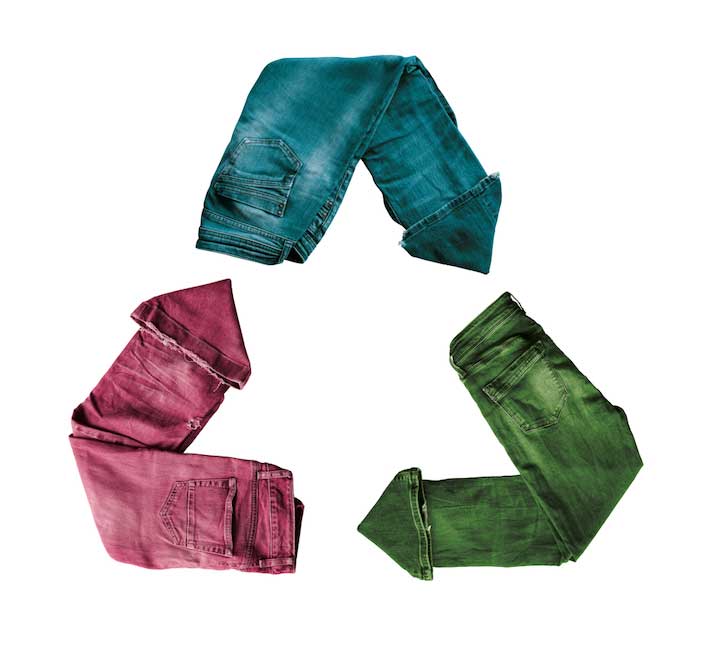Fact: The fashion industry is the second-most polluting industry in the world.
Fact: 20,000 litres is the amount of water needed to produce one kilogram of cotton—Equivalent to a single t-shirt and a pair of jeans.
It is the need of the hour to find a solution to make this industry more sustainable and to educate people about facts that make them understand how harmful status quo is. But the world around us is not encouraging enough to change our habits because they profit from it. So it’s upon a minority of men and women to change the system. The biggest challenge when it comes to ‘sustainable fashion’ from the consumer eye is the seemingly simple question of where to start. To some, it can be daunting because of the fast fashion-skewed world we live in. But whenever this comes up, reminded of what Emma Watson said:
“As consumers, we have so much power to change the world by just being careful in what we
buy.”
As explained in Green Strategy, in an ideal situation, every new item of clothing should be:
- Basis demand and custom-made in the best quality
- Produced in an environmentally friendly manner, keeping human rights in mind
- Taken care of once bought, and repaired if necessary
- Donated to a thrift store when it’s time to part with it
Sent to a collection point for recycling, once it’s turned to rag
Here are some habits to instil in yourself to become a sustainable fashion hero and wear your #GreenHeart on your sleeve.
1. Stay Up-To-Date
One should actively keep up with the news when it comes to sustainable fashion – Brands that follow ethical practices and are reliable. For instance, Livaeco is an eco-friendly man-made fibre derived from wood pulp. For every tree they use, 2 trees are planted in exchange, saving 6-7 times more land in comparison to cotton, and saves 3-4 times more water. Liva is also biodegradable and reduces CO2 emission.
2. Visit Vintage and Thrift Stores
Shopping in vintage and thrift stores can be quite exciting, because you never know what you might find. It also creates less demand for new clothes to be produced.
3. Invest In Clothes You Can Wear Year Round
It’s silly to buy clothes that are not suited for the weather you live in. Buying winter wear when you live in Chennai is unnecessary consumption.
4. Follow The One-For-One Rule
Try and follow the rule that for everything you buy that’s brand new, you should donate, give away or pass down an existing item from your wardrobe.
5. The #30Wears Test
When you’re thinking of buying something, ask yourself if it will be something you wear at least 30 times. If the answer is no, you shouldn’t buy it. It’s always better to not buy something you will wear only once or twice.
6. Always Choose Quality Over Quantity
Spending money on 1 quality item is much better for your carbon footprint than buying 10 low quality clothing items. Low quality clothes get ruined easily, making you want to buy more. It’s called Planned Obsolescence, a strategy employed by fast fashion giants to increase sales.
Small changes like this can change how you consume fashion as a consumer, while the producers, designers and brands start to do their part in changing how they produce their clothes. This is why fashion weeks like Lotus Makeup India Fashion Week partnering with Liva, to put the message of sustainable fashion, is a step in the right direction.
Don’t forget to follow Liva Fashion on Instagram, Twitter and Facebook.
This post is in partnership with Liva Fashion.

